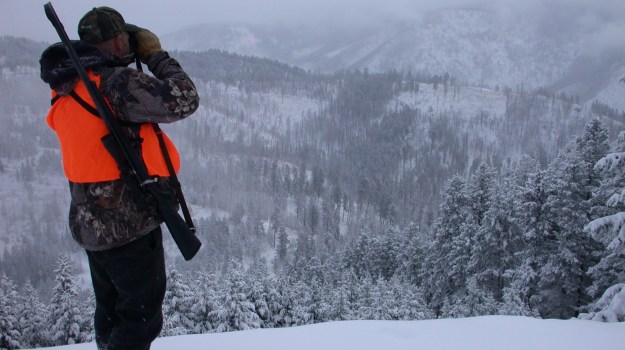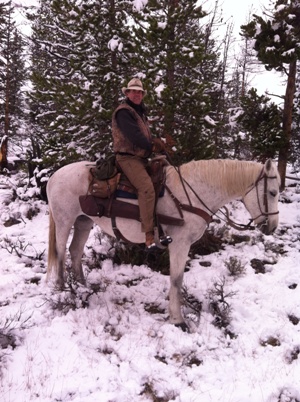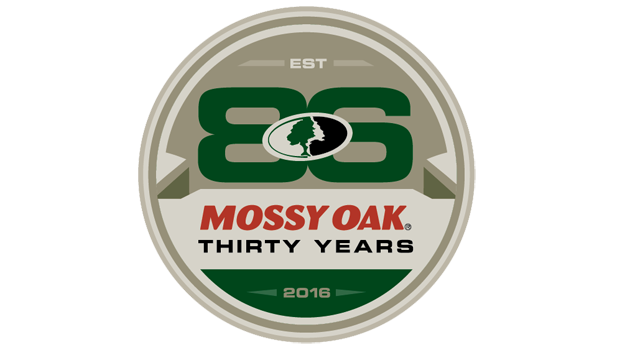What to Do When Late Season Elk Are Silent

Editor’s Note: Mossy Oak Pro Karl Badger lives in Salt Lake City, Utah, and he has been hunting and guiding for elk for 25 years. During the late season for elk, Badger says, “You definitely have to change the camo pattern that you normally wear in early-season elk hunting. I've been wearing Mossy Oak Brush. But for the last 2 weeks in November, I've been wearing the new Mountain Country, and this new pattern really works well in the snow, rocks and brush out West when we’re hunting in the late season.”
Much of what you read about elk hunting is during the summer and early fall when the elk are in the rut. That’s the glamorous time to hunt elks. But in many states, elk seasons take place after the elk have quit bugling, and the snow and bad weather have arrived. In the Rocky Mountains, late season can be anywhere from October 1 through November 30, and in some areas, the mid part of December.
 During late season, hunting techniques change drastically. The key factor during the late season is the weather. When the snow storms begin, as the temperatures start to drop, and snow hits the ground, the elk will respond. They’ll start to look for something to eat, so they can survive the hard winter. They’ll move down from the high mountains to lower elevations where they have access to more and better food. Some of the major elk migrations, especially in Wyoming and Montana, happen in the late season. Usually the elk start a major migration out of the national parks like Yellowstone, where they have been protected all year long onto public land and private land. Because the elk are herding-up more, moving out of the higher elevations and out of the national parks, this time of the year provides some excellent hunting opportunities for those willing to brave the cold and the snow. In late elk season, there is no reason to climb high into the mountains or go far back into the woods. During bugling season, we go to the bulls. After the bugling season, we let the bulls come to us. You’ll see a lot more game in the late season than in the early season. Because the bulls and the cows are bunched-up more, late season is often a better time to try and take a nice bull.
During late season, hunting techniques change drastically. The key factor during the late season is the weather. When the snow storms begin, as the temperatures start to drop, and snow hits the ground, the elk will respond. They’ll start to look for something to eat, so they can survive the hard winter. They’ll move down from the high mountains to lower elevations where they have access to more and better food. Some of the major elk migrations, especially in Wyoming and Montana, happen in the late season. Usually the elk start a major migration out of the national parks like Yellowstone, where they have been protected all year long onto public land and private land. Because the elk are herding-up more, moving out of the higher elevations and out of the national parks, this time of the year provides some excellent hunting opportunities for those willing to brave the cold and the snow. In late elk season, there is no reason to climb high into the mountains or go far back into the woods. During bugling season, we go to the bulls. After the bugling season, we let the bulls come to us. You’ll see a lot more game in the late season than in the early season. Because the bulls and the cows are bunched-up more, late season is often a better time to try and take a nice bull.
Late-season elk hunters also will take a position where the elk should come, which is far more important to your success than calling to the elk. However, I still call in the late season. At this time of the year, cow calling and calf chirps replaces bugling. I especially use cow calls and calf chirps when I'm stalking in close to a herd of elk to let the herd know that there’s not a threat moving in close to them. I think the cow calls and calf chips keep the herd settled down, allow you to get closer to the herd and disguise your movement. If you can reassure the herd that you’re just a cow or calf that has wandered away from the other elk, your chances of getting in closer – close enough for a shot - are much better.
Tomorrow: How Late Season Elk Hunting Is Different from Early Season Elk Hunting



























